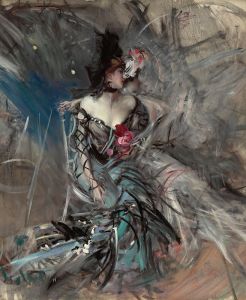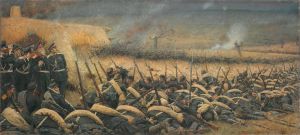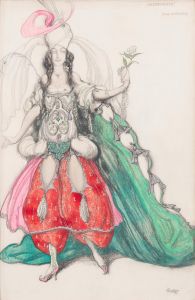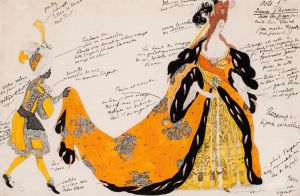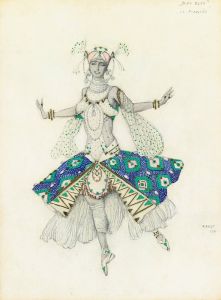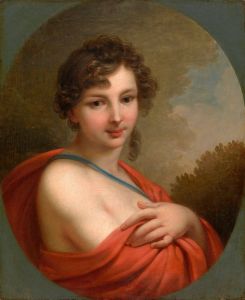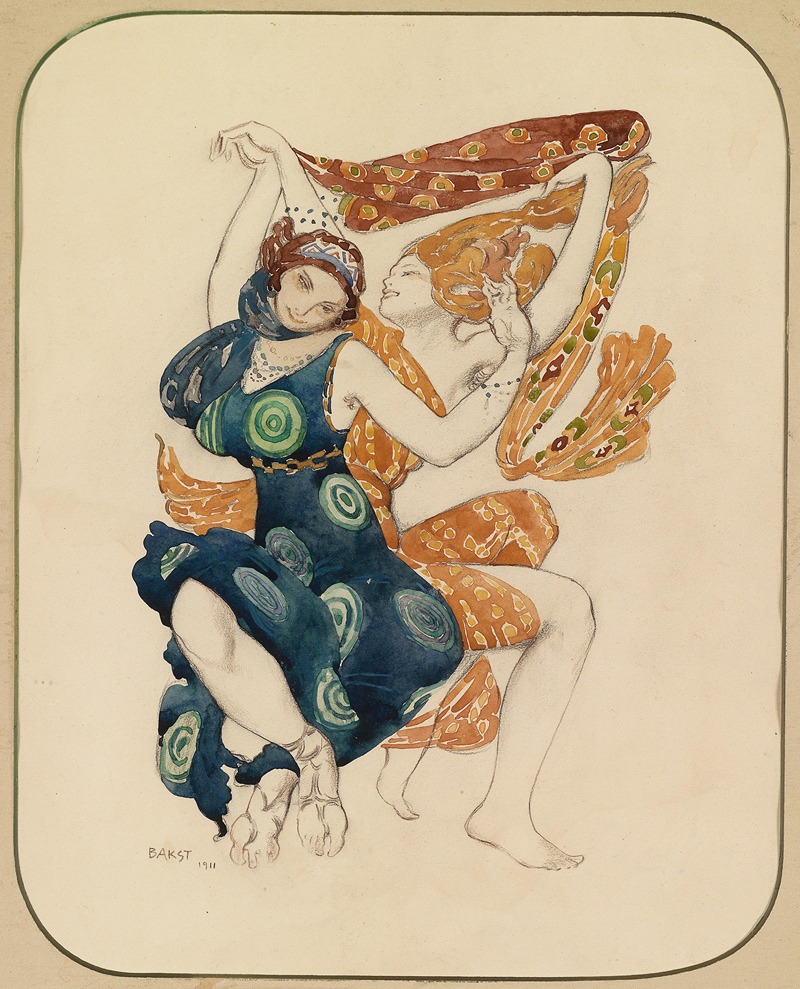
Costume for Narcisse by Tcherepnin
A hand-painted replica of Léon Bakst’s masterpiece Costume for Narcisse by Tcherepnin, meticulously crafted by professional artists to capture the true essence of the original. Each piece is created with museum-quality canvas and rare mineral pigments, carefully painted by experienced artists with delicate brushstrokes and rich, layered colors to perfectly recreate the texture of the original artwork. Unlike machine-printed reproductions, this hand-painted version brings the painting to life, infused with the artist’s emotions and skill in every stroke. Whether for personal collection or home decoration, it instantly elevates the artistic atmosphere of any space.
Léon Bakst, a renowned Russian painter and scene and costume designer, created the "Costume for Narcisse" for the ballet "Narcisse," composed by Nikolai Tcherepnin. Bakst was a prominent figure in the early 20th-century art scene, particularly known for his work with the Ballets Russes, a groundbreaking ballet company founded by Sergei Diaghilev. The Ballets Russes was instrumental in bringing Russian art and culture to Western Europe, and Bakst's contributions were significant in shaping the visual style of the company.
The ballet "Narcisse" was first performed in 1911, and it was one of the many collaborations between Bakst and the Ballets Russes. Bakst's designs were celebrated for their vibrant colors, intricate patterns, and innovative use of materials, which brought a new level of theatricality and visual excitement to the stage. His work on "Narcisse" was no exception, as it showcased his ability to blend classical themes with modern artistic sensibilities.
The "Costume for Narcisse" reflects Bakst's fascination with Greek mythology and his ability to reinterpret classical motifs through a contemporary lens. The character of Narcissus, from Ovid's "Metamorphoses," is a young man known for his extraordinary beauty and his tragic self-obsession, which ultimately leads to his demise. Bakst's costume design captures the essence of this mythological figure, emphasizing both his allure and his vanity.
Bakst's design for Narcisse is characterized by its fluid lines and dynamic composition, which suggest movement and grace. The costume likely incorporated elements that highlighted the dancer's physique, allowing for both freedom of movement and a visual representation of Narcissus's beauty. Bakst's use of color and texture would have been carefully considered to enhance the overall impact of the performance, drawing the audience into the mythological world of the ballet.
The collaboration between Bakst and Tcherepnin for "Narcisse" is an example of the interdisciplinary nature of the Ballets Russes, where music, dance, and visual art were seamlessly integrated to create a cohesive artistic experience. Bakst's designs were not merely decorative but played a crucial role in conveying the narrative and emotional tone of the ballet. His work on "Narcisse" exemplifies his ability to transform a simple costume into a powerful storytelling device.
Léon Bakst's influence extended beyond the stage, as his designs also impacted fashion and interior design during the early 20th century. His bold use of color and pattern inspired designers and artists across various fields, contributing to the development of modern art and design movements. The "Costume for Narcisse" is a testament to Bakst's enduring legacy as a pioneer of theatrical design and his ability to capture the imagination of audiences through his visionary work.
In summary, Léon Bakst's "Costume for Narcisse" is a significant example of his contribution to the Ballets Russes and the broader art world. Through his innovative designs, Bakst helped redefine the role of costume in ballet, elevating it from mere attire to an integral component of storytelling and artistic expression. His work continues to be celebrated for its creativity, elegance, and impact on the evolution of modern art and design.





